Share this article

8 fundamental AI security best practices for teams in 2025
Accelerating security solutions for small businesses Tagore offers strategic services to small businesses. | A partnership that can scale Tagore prioritized finding a managed compliance partner with an established product, dedicated support team, and rapid release rate. | Standing out from competitors Tagore's partnership with Vanta enhances its strategic focus and deepens client value, creating differentiation in a competitive market. |
Organizations worldwide are increasingly developing or implementing AI-powered tools to streamline operations and scale efficiently. However, the benefits come with unpredictable risks unique to AI that need to be mitigated with the right safeguards.
One of the biggest AI security challenges is the lack of formalized oversight. According to Vanta’s State of Trust Report, only 36% of organizations have AI-informed security policies in place or are in the process of building them. This is a concerning gap because without robust policies and procedures, teams cannot guarantee safe and scalable adoption of AI.
In this article, we’ll explore eight fundamental AI security practices teams should implement to minimize risk exposure and strengthen governance.
Scope of securing AI explained
AI security involves implementing policies, procedures, and controls that safeguard AI tools from threats like attacks, unauthorized access, and manipulation. The scope may be larger than traditional cybersecurity because organizations now increasingly rely on AI to drive core workflows and business decisions, which means security disruptions can be more damaging than ever.
According to the 2025 Stanford AI Index Report, AI-related incidents in business jumped by over 56% in just the past year. Today, a single vulnerability, such as a data breach or an algorithm error, can lead to large-scale and unpredictable disruptions.
It’s worth noting that the scope of securing AI spans its entire lifecycle. You need to define and integrate protective measures into your early planning and design phases, through training, deployment, and ultimately decommissioning.
{{cta_withimage28="/cta-blocks"}}
Core AI risks that drive security best practices
AI systems face the same threats as traditional systems and networks, as well as new vulnerabilities and attack vectors unique to their design, behavior, and use case.
Four of the most impactful AI risk triggers are:
- Data breaches
- Information bias and discrimination
- Training data manipulation
- Resource exhaustion
1. Data breaches
AI systems are designed to process large amounts of data, every access point becomes a potential vulnerability. Incidents can result from weak access controls, insecure APIs, or adversarial attacks targeting the model’s data flows.
Besides immediate data loss, breaches can invite regulatory scrutiny (e.g., HIPAA, GDPR, SOC 2), which can result in severe financial penalties, operational disruptions, and damage to reputation and trust.
Mitigation: Implement standard defenses such as strict data safeguards, role-based access, and robust encryption to ensure sensitive information is secure both in transit and at rest.
2. Information bias and discrimination
AI tools rely on training data to generate responses for target use cases. If the data contains biases, the AI will amplify them over time, leading to skewed results and discriminatory patterns in decisions. Biased outcomes can be particularly damaging in industries like healthcare and insurance with strict anti-discriminatory laws.
Mitigation: You can manage bias by auditing your training data regularly to ensure that it’s relevant, unbiased, and factually correct. Explore reweighing and adversarial approaches to reduce dataset biases.
3. Training data manipulation
Training data manipulation happens when an individual modifies the data used to train AI models through unintentional corruption or malicious action. If not accounted for, altered AI data can negatively impact the reliability, safety, and accuracy of AI outputs.
Mitigation: Establish rigorous safeguards and monitoring protocols for your training data. You may want to implement human validation procedures both before and during training to identify any undocumented changes.
4. Resource exhaustion
Resource exhaustion is caused by malicious attacks, such as DDoS, aimed at overloading AI systems to degrade their performance and cause operational disruptions. Depending on the nature of AI use, this can lead to customer dissatisfaction and potential contractual penalties.
Mitigation: Implement safeguards like load balancing, rate limitation, and resource isolation. Mature organizations may also deploy automated monitoring to detect such attacks early.
8 relevant AI security best practices to follow
From the perspective of AI governance, the following are some scalable security best practices you can adopt:
- Establish data security policies across the AI lifecycle
- Use digital signatures to track version history
- Employ the zero-trust principle
- Implement thorough access controls
- Dispose of data securely
- Conduct frequent risk assessments
- Establish an incident response plan
- Monitor and log AI systems
1. Establish data security policies across the AI lifecycle
Protecting the integrity of your data is one of the foundational principles of AI security management. AI tools access large volumes of data, and any alterations, losses, or unauthorized access can degrade model accuracy and erode trust.
Security teams should view data security as an ongoing responsibility rather than a one-time control. This means classifying and labeling sensitive data from the start, so you can implement stage-specific rules during data collection, training, and refinement.
A good practice is to document data integrity verification measures, such as encryption in transit and at rest, anomaly detection, and adversarial testing, that you expect your team to implement. Embed these into operational policies so that the verification practices are not deprioritized at any point in the AI lifecycle.
Additionally, you should also define the disposal protocols for retired datasets. Have senior-level executives, such as a CISO, confirm the disposal to prevent unauthorized use.
2. Use digital signatures to track version history
An effective way to verify any changes to your AI systems is by using authentication tools such as digital signatures. These allow you to track updates to datasets and configurations during model training, tuning, alignment, or reinforcement learning.
To implement this, you should use cryptographic signatures on the original versions of the data, and have stakeholders who make any changes sign them with a timestamp to add visibility and accountability. This practice outlines a chain of custody that can be helpful during security or compliance investigations.
3. Employ the zero-trust principle
Given the unpredictability around AI, follow a zero-trust principle for all systems and workloads supported by AI. This approach leverages segmented controls to reduce the attack surface and limit rogue insider threats.
In the context of AI security, zero-trust means never assuming implicit trust and establishing controls that verify all users, processes, and devices before they’re granted access to AI tools.
You also need to employ the zero-trust model in physical environments. Isolate AI assets in secure locations and implement safeguards for access control, such as surveillance, multi-factor authentication, and keycard systems.
4. Implement thorough access controls
Access control helps operationalize the zero-trust principle. To expand on the execution, role-based access control (RBAC) is an efficient way to ensure that your stakeholders can only interact with AI models, datasets, and tools required for their role, minimizing the risk of accidental disclosure or misuse.
The best practice is to pair RBAC with the principle of least privilege to data. This translates to granting users and AI models access to the least amount of information necessary for a given task. It also helps to have a clear hierarchy of who can access, modify, or export and share AI resources.
5. Dispose of data securely
When an AI system is being retired, the risk of model or data replication is quite high—this can be mitigated by following strict disposal procedures. You can rely on some of the standard methodologies described in NIST Special Publication 800-88 under Guidelines for Media Sanitization.
Here’s a summary of the recommended methods:
- Clear: Sanitize sensitive information or training data by applying logical techniques, such as overwriting storage locations using the read or write commands, or performing a factory reset on the device if rewriting is not supported. This method protects against non-invasive recovery methods but may not withstand sophisticated threats.
- Purge: Use more comprehensive methods, such as overwriting, block erasing, or cryptographic erasure, to make data unrecoverable even to advanced methods.
- Destroy: Make the media unusable through physical methods, such as shredding for paper documents, or degaussing for electronic media, making data recovery impossible.
6. Conduct frequent risk assessments
Due to the speed at which AI evolves, you must frequently reassess your systems to identify new vulnerabilities. It’s common for organizations to take a risk-based approach when it comes to AI risk assessments. You can conduct them on a regular basis at a defined cadence and whenever impactful changes are made to how your organization uses AI.
Regular assessments are also essential to help catch issues like AI drift early. Over time, training data can become irrelevant or less aligned with the intended AI use case. If this is left unchecked, it can result in inaccurate responses, potentially violating regulations or contracts.
To uphold the latest industry best practices, align your risk assessment procedures with standard AI frameworks such as NIST AI RMF and ISO 42001.
{{cta_webinar6="/cta-blocks"}}
7. Establish an incident response plan
Even with comprehensive AI security measures, incidents can happen, so you must have an AI-aware incident response plan (IRP) to inform the next steps. This document details the AI-specific adverse events your organization may encounter and the strategies to minimize their operational impact.
To be effective, your IRP should contain detailed information about:
- Procedures for identifying, responding to, and mitigating risks
- Stakeholder roles and responsibilities
- Communication protocols
- Recovery strategies that address AI systems
You can use a template to help structure the IRP, but it’s best to treat it as a living document. Review and update it regularly to keep up with changes in your AI threat landscape and regulatory environment. Run regular simulations to verify that your procedures handle the pressure and that stakeholders are prepared to react quickly.
8. Monitor and log AI systems
Ongoing monitoring drives a comprehensive AI security program and is a core requirement for many AI frameworks and regulations. With continued oversight, you can catch anomalies, unauthorized access, and shadow AI before they escalate into broader threats.
You can start by logging all AI interactions, updates, and access events. While they support incident detection and audits, continuously tracking the sheer volume of system activity in AI environments can quickly become overwhelming.
Manual monitoring workflows place significant pressure on security teams, increasing the risk of inefficiencies, overlooked controls, and delays. A better solution is to implement a dedicated AI compliance solution like Vanta to automate repetitive processes and unblock your team for other strategic tasks.
Strengthen AI security at any scale with Vanta
Vanta is a leading trust management platform with dedicated products to support AI security and compliance programs at any scale. Whether you’re developing or building with AI, we can help you implement and demonstrate responsible AI security practices and build stakeholder trust.
Vanta provides built-in guidance and resources for evolving AI frameworks such as NIST AI RMF, ISO 42001, and the EU AI Act. Here are some of the features that can support you:
- Automated documentation collection powered by 400+ integrations
- Continuous monitoring through a unified dashboard
- Pre-built policy templates and control sets
- Question Automation, which helps you complete security questionnaires faster
Vanta can also help you manage third-party risks—you can send your vendors the AI Security Assessment Template and have them answer a standardized set of questions that covers key AI risk areas. Your organization can also complete the assessment and share it publicly with your stakeholders via Vanta’s Trust Center.
Schedule a custom demo to get a tailored walkthrough of Vanta’s product.
{cta_simple34="/cta-blocks"}}
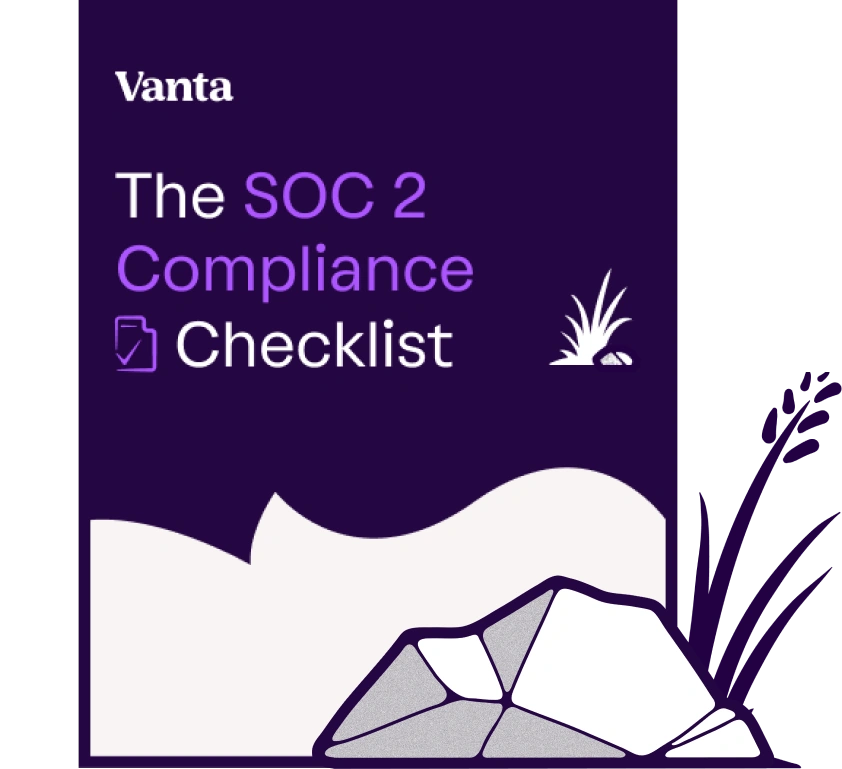




FEATURED VANTA RESOURCE
The ultimate guide to scaling your compliance program
Learn how to scale, manage, and optimize alongside your business goals.
%201%20(1).svg)















.png)
%20.png)
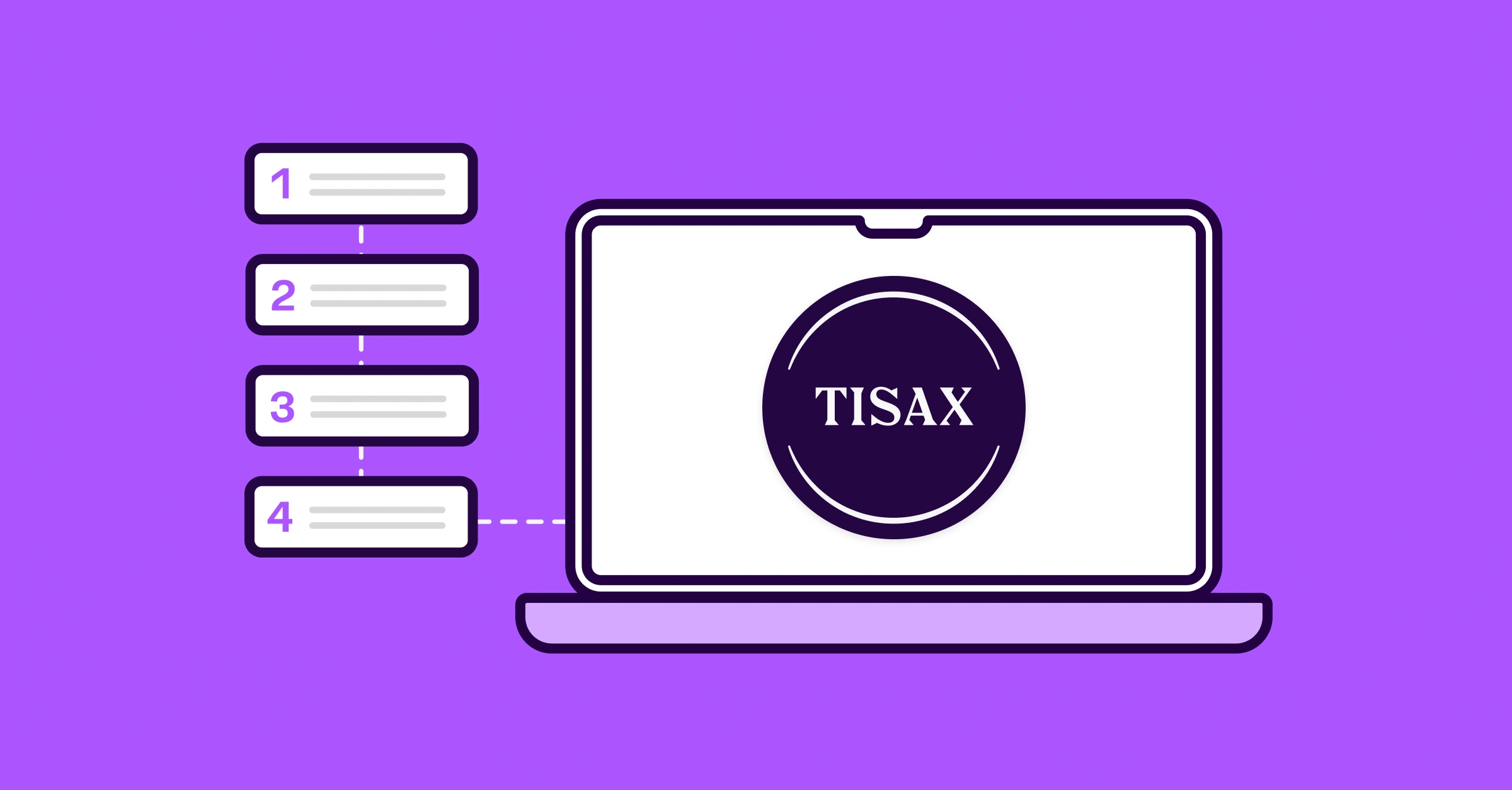

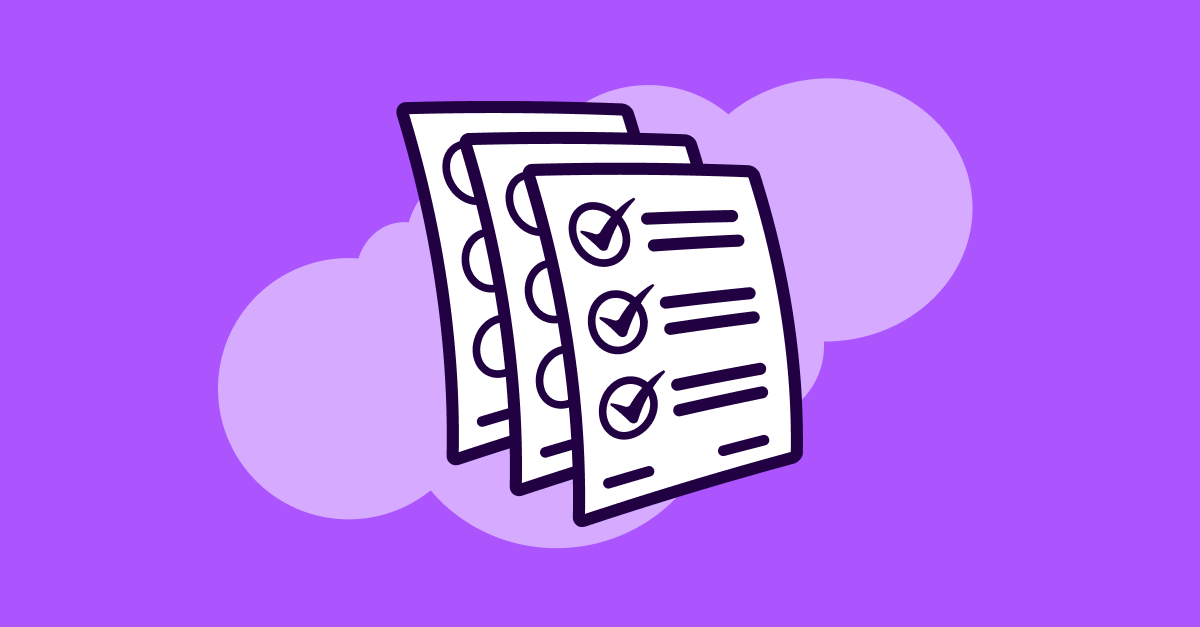
.png)
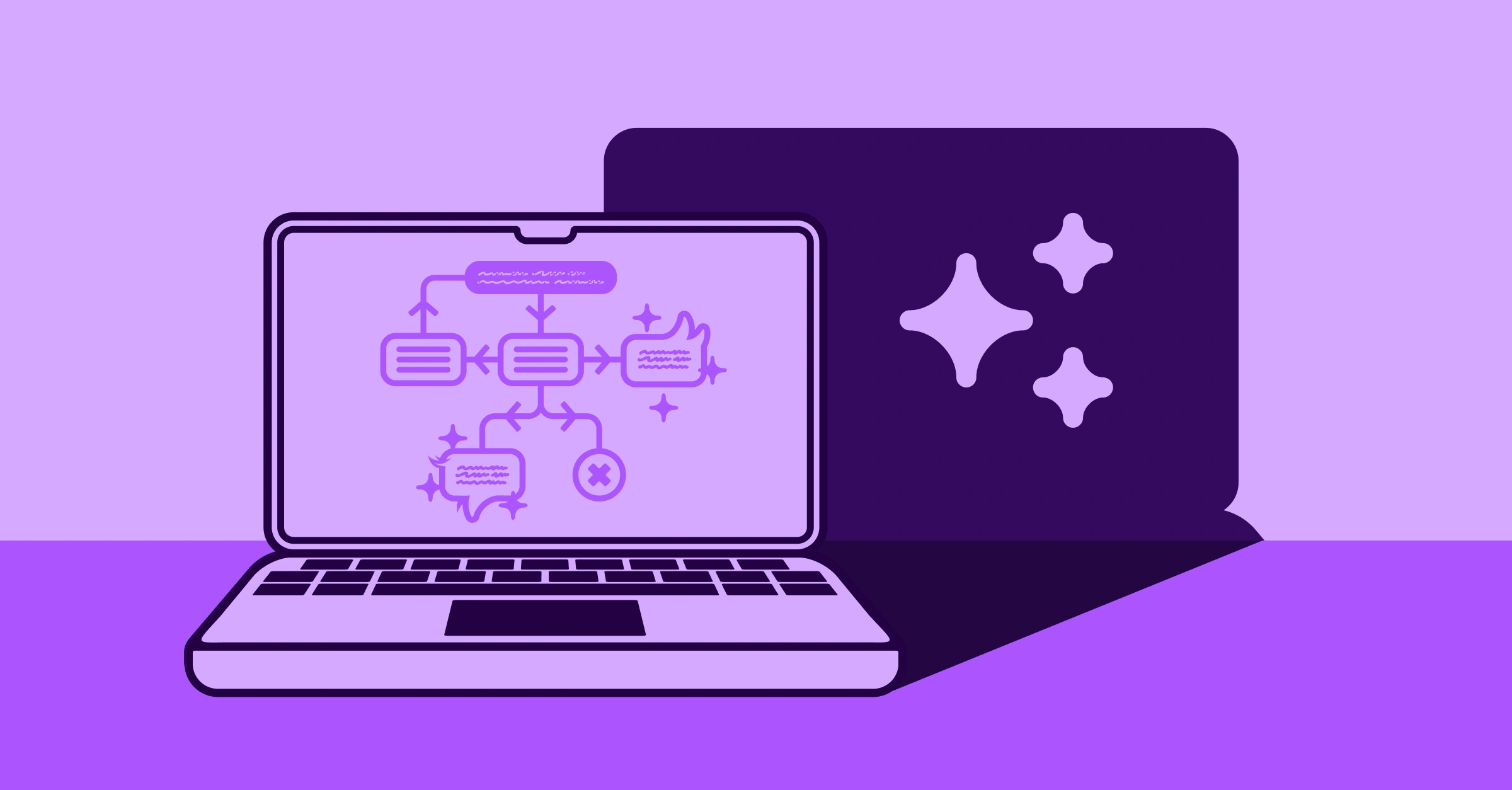

.png)
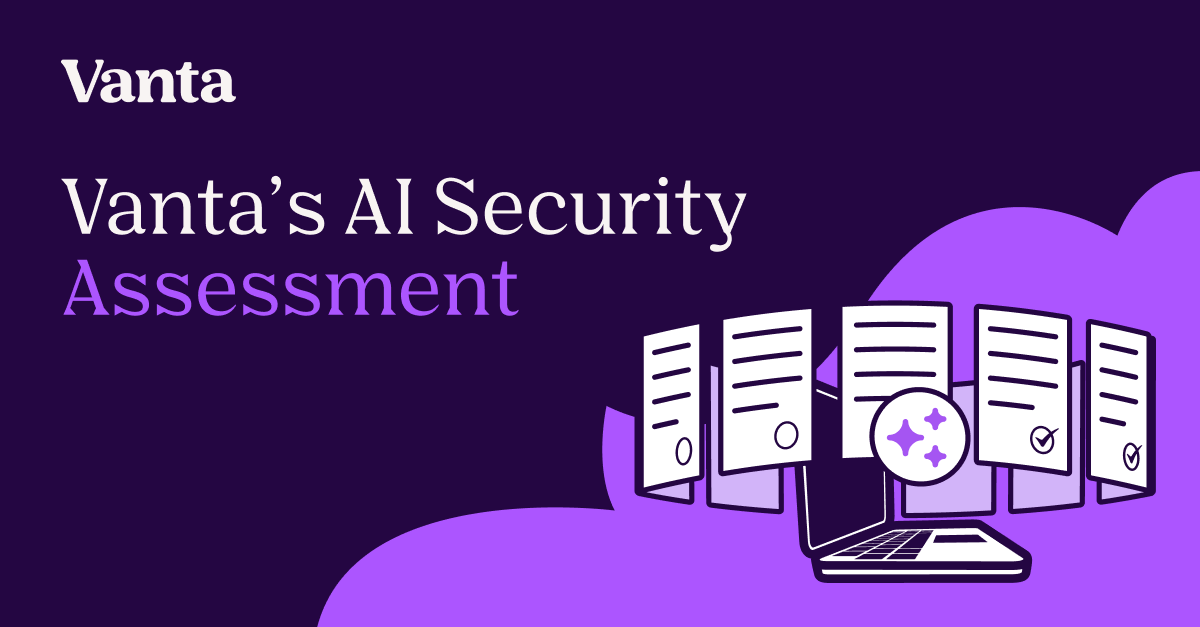
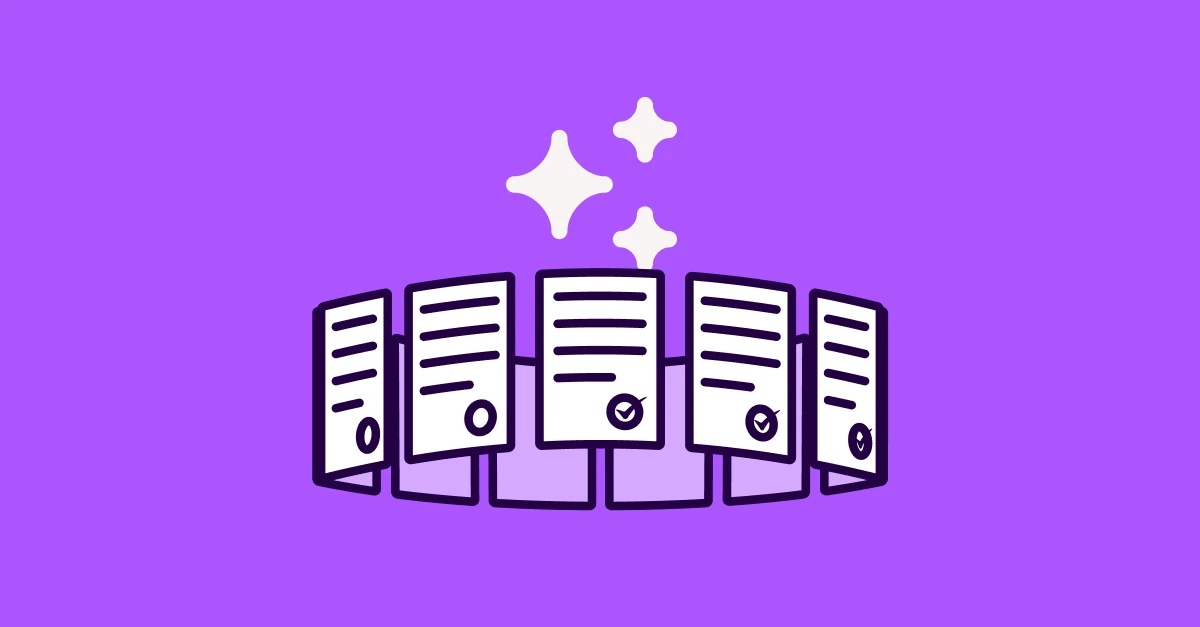



.svg)
.svg)
.png)
.png)
.png)